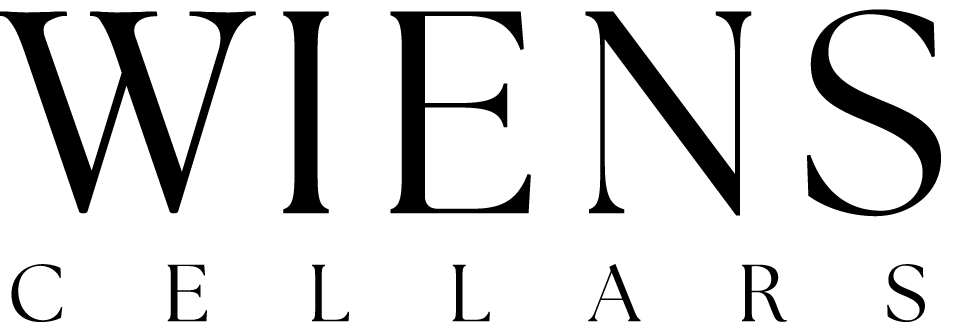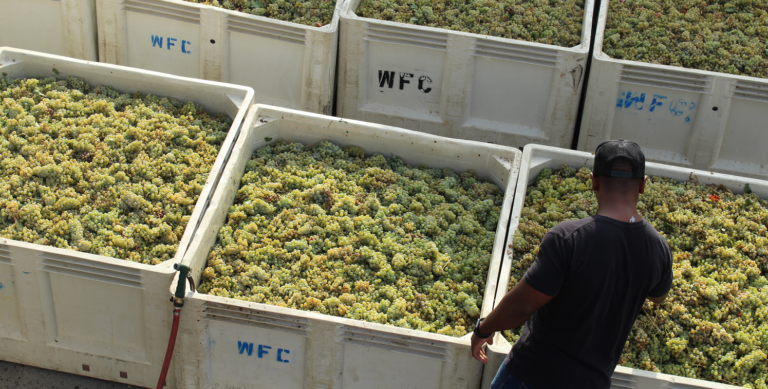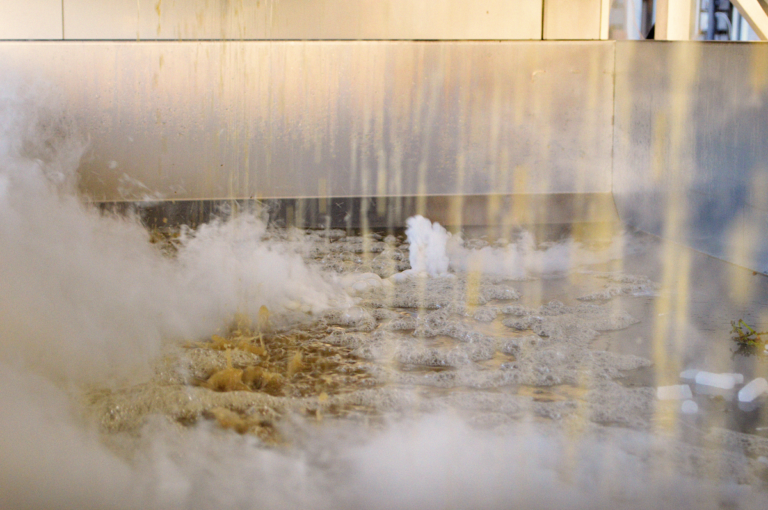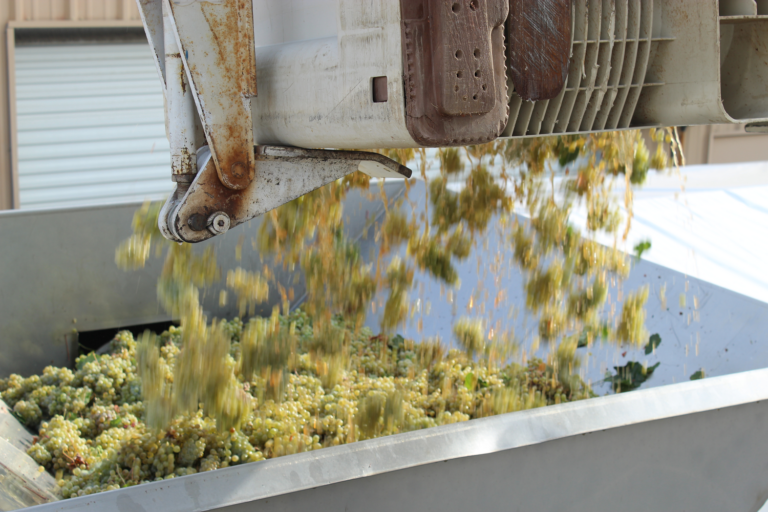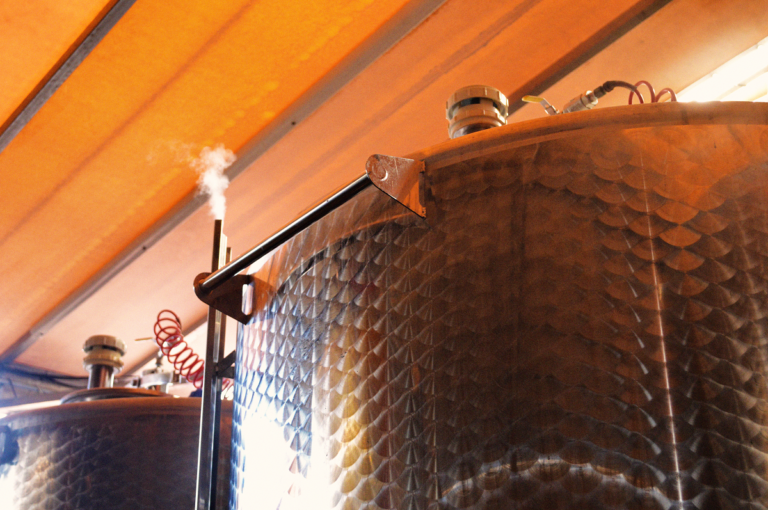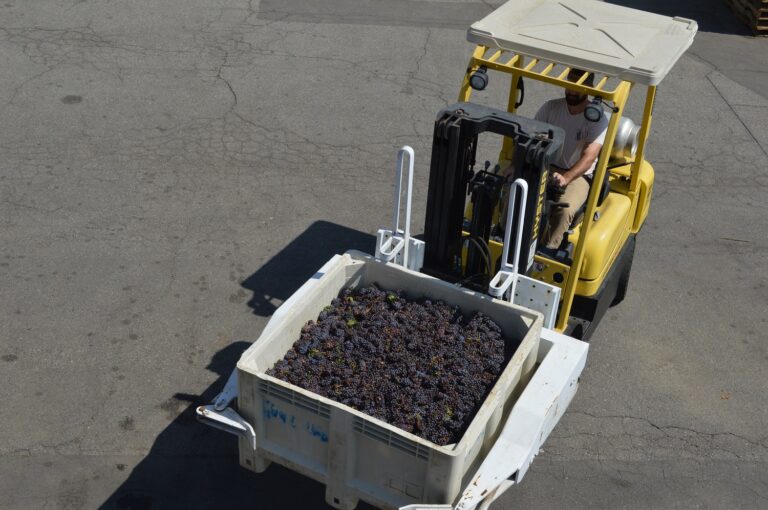Wine, an elixir of complexity and nuance, owes much of its magic to a seemingly humble agent: yeast. This microorganism is the cornerstone of the winemaking process, orchestrating the transformation of grape juice into wine. In this exploration, we’ll delve into the role of yeast in fermentation, its impact on wine’s flavor and aroma, and the advanced techniques that winemakers employ to harness its full potential.
Understanding Yeast and Fermentation
What is Yeast?
Yeast are single-celled fungi that are found everywhere in nature, including on the skins of fruits like grapes. The most common yeast in winemaking is Saccharomyces cerevisiae. This yeast not only withstands the high sugar concentration of grape juice but thrives in it, converting the sugars into alcohol and carbon dioxide through the process of fermentation.
Basics of Fermentation
Fermentation is a fundamental yet complex biochemical process that is central to winemaking. During this process, yeast, primarily Saccharomyces cerevisiae, acts on the sugars present in grape juice, converting them into ethanol (alcohol) and carbon dioxide. This transformation profoundly impacts the eventual taste, aroma, and character of the wine. Here’s a more detailed breakdown of how fermentation works in winemaking:
Initiation of Fermentation:
- Fermentation begins when yeast comes into contact with the natural sugars in crushed grape juice.
- Winemakers can control this process by adding cultured yeast, which ensures consistency and predictability, or they may allow wild yeast naturally present on the grape skins to initiate fermentation, which can introduce more unique and varied flavors.
Progression of Fermentation:
- Primary Fermentation: This stage typically lasts from a few days to a week and involves the rapid consumption of sugars by yeast, producing alcohol and carbon dioxide. During this phase, temperatures are carefully controlled to optimize yeast activity and influence flavor development.
- Secondary Fermentation: Often called malolactic fermentation, this is a bacterial process that converts sharp malic acid into softer lactic acid, enhancing the wine’s smoothness and body. This stage is not driven by yeast but is a crucial part of the overall fermentation process, especially in red wines and some whites, such as Chardonnay.
Conditions Impacting Fermentation:
- Temperature: Yeast activity is temperature-dependent. Higher temperatures can accelerate fermentation but risk developing unwanted flavors, while lower temperatures slow down the process, preserving delicate aromas and potentially enhancing quality.
- Nutrient Availability: Yeast health is crucial for successful fermentation. Adequate nutrients, including nitrogen, vitamins, and minerals, must be available in the must (juice) for yeast to function effectively.
Completion of Fermentation:
- The process typically concludes when there is no sugar left for the yeast to convert, or the alcohol concentration reaches a level that is toxic to the yeast (usually around 14-16% alcohol by volume, depending on the yeast strain).
- Winemakers might also choose to stop fermentation early by chilling the wine or adding sulfur dioxide to preserve some residual sugar for sweeter wine styles.
Byproducts of Fermentation:
- Beyond ethanol and carbon dioxide, yeast produces several secondary metabolites during fermentation, including:
- Esters: These compounds form through the reaction of acids with alcohols, contributing fruity and floral notes to the wine.
- Higher Alcohols: Also known as fusel alcohols, these can add complexity to a wine but may also contribute harshness if present in high concentrations.
- Volatile Acidity: Small amounts of acetic acid can add complexity, but excessive amounts can lead to an undesirable vinegar-like taste.
- Beyond ethanol and carbon dioxide, yeast produces several secondary metabolites during fermentation, including:
The Impact of Yeast on Wine Varieties
Yeast Selection and Wine Styles
Different strains of Saccharomyces cerevisiae can produce markedly different effects in wine, influencing everything from aroma to mouthfeel. For instance, one yeast strain might enhance floral notes in a Riesling, while another could promote the buttery richness in a Chardonnay. Winemakers choose strains that complement their grape variety and desired wine profile, utilizing the yeast’s natural properties to craft distinct styles.
Wild vs. Cultured Yeast
The debate between using wild and cultured yeast strains is a pivotal one in winemaking. Wild yeasts, which naturally occur on the skins of grapes, can start fermentation spontaneously and are often used in natural wine production. They can add complexity and unpredictability to the wine, often desired in artisanal batches. In contrast, cultured yeasts are selected and grown in labs for their predictability and specific flavor profiles, offering consistency and control over the fermentation process.
Advanced Fermentation Techniques
Influence of Fermentation Conditions
The conditions under which fermentation takes place can dramatically affect the activity of yeast and the taste of wine. Temperature, for instance, plays a crucial role; warmer temperatures generally speed up fermentation and can lead to richer, more robust flavors, while cooler temperatures tend to slow fermentation, preserving the grape’s natural flavors and increasing the wine’s freshness. Winemakers also monitor and adjust the pH and nutrient levels to optimize yeast health and activity, ensuring a successful fermentation.
Sur Lie Aging and Yeast
Sur lie aging involves allowing the wine to remain in contact with the yeast sediment, or lees, for an extended period. This technique enriches the wine, giving it a creamy mouthfeel and complex flavors like bread or nuts. The lees also act as antioxidants, helping to stabilize the wine.
Yeast’s Role in Wine Faults and Flavors
Yeast, while essential to the winemaking process, is a double-edged sword. It has the power to enhance the wine’s flavor significantly but can also be a source of faults if not properly managed. Here’s a closer look at how yeast influences both the desirable and undesirable aspects of wine.
Common Wine Faults Linked to Yeast
Yeast’s involvement in wine faults often revolves around contamination or imbalances during the fermentation process. Here are some typical issues:
- Brettanomyces (Brett): This yeast species is notorious for creating an off-putting barnyard or band-aid aroma in wines. While some wine regions or styles might embrace minimal Brett characteristics for complexity, excessive levels generally detract from the wine’s quality. Controlling Brett involves maintaining strict hygiene in the winery and careful barrel management to prevent its proliferation.
- Acetaldehyde Production: Sometimes, yeast produces excessive acetaldehyde, leading to flavors that are sharply green apple or nutty, often considered a fault. This can occur due to stressed yeast or insufficient nutrients during fermentation.
- Hydrogen Sulfide (H2S): Under certain conditions, yeast can produce H2S, which gives off a rotten egg smell. This fault can be managed by ensuring proper nutrient availability and aeration during fermentation.
Desirable Flavors Produced by Yeast
On the flip side, yeast is also responsible for a range of desirable flavors in wine, primarily through the production of esters and phenols:
- Esters: Yeast helps create esters, which are chemical compounds that contribute fruity and floral aromas to wine. Esters form during fermentation when acids and alcohols chemically combine. The type and quantity of esters produced can be influenced by the yeast strain, fermentation temperature, and the specific conditions of the fermentation process. For example, cooler fermentation temperatures often enhance ester production, resulting in a more aromatic wine.
- Phenols: Certain yeast strains can increase the concentration of phenolic compounds in wine, which contribute to the complexity of flavor and color stability in red wines. These can include vanilla, clove, and smoke notes, particularly when wines are aged in oak.
- Higher Alcohols: Also known as fusel alcohols, these are formed by yeast during the fermentation process. In the right amounts, they contribute to the overall complexity and intensity of the wine’s aroma.
Techniques to Enhance Desirable Flavors
Winemakers can adopt several strategies to maximize the positive contributions of yeast:
- Strain Selection: Choosing the right yeast strain is crucial, as different strains have varying capabilities for ester and phenol production.
- Fermentation Management: Adjusting factors like temperature, oxygen levels, and fermentation speed can help enhance desirable flavors. For instance, slower, cooler fermentations generally promote the formation of more complex esters.
- Nutrient Management: Providing yeast with the right nutrients at the right times can help prevent the production of unwanted compounds and encourage the formation of desirable flavors and aromas.
Understanding the dual role of yeast in developing both the flavors and faults in wine allows winemakers to better harness its capabilities, guiding the fermentation process to achieve the desired balance and character in their wines. This intricate dance between yeast management and flavor development is what makes winemaking both an art and a science.
The influence of yeast in winemaking extends far beyond its basic function of alcohol production. It is a master of transformation, imparting complex flavors and defining the very soul of the wine. By understanding and harnessing the power of yeast, winemakers unlock the true, intentioned potential of their grapes.
